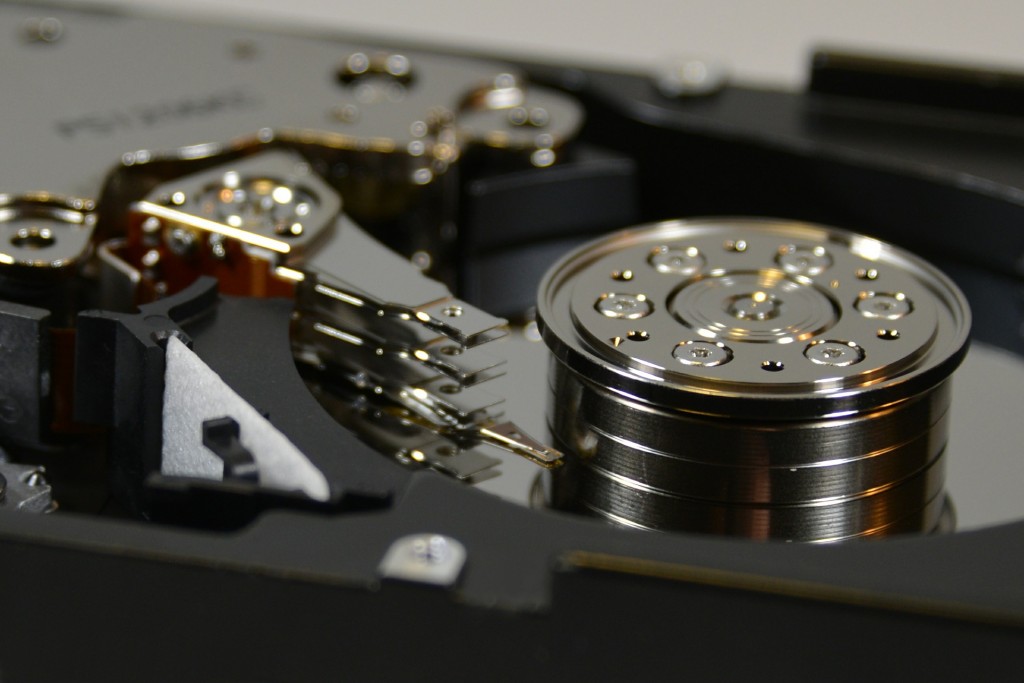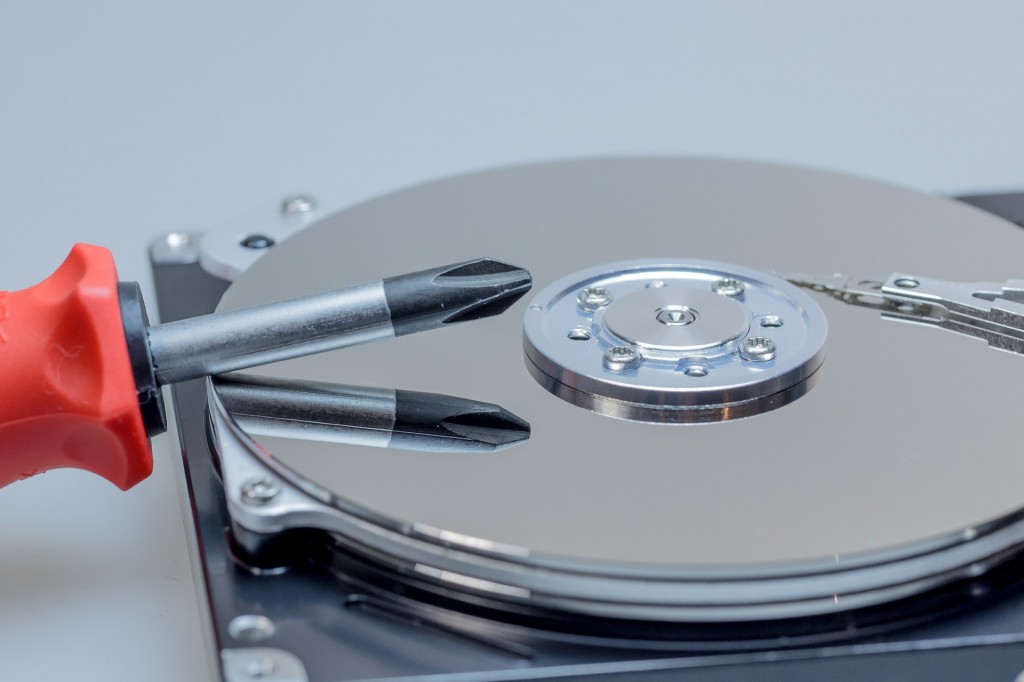How to properly wipe your hard drive or SSD
If you’re planning on upgrading your hard drive or SSD and getting rid of the old one(s), there’s a few steps you should take before chucking it in the trash or passing it on to a friend.
You may have gone through your hard drive and SSD, manually deleting all of your personal files and information that was important to you, but that’s not enough. Even after you remove them from the Recycle Bin, there’s still plenty of tools out there that can restore those deleted files. Sure, the chances are slim that someone would go to all that trouble just to get back some of your own personal files, but it’s better safe than sorry.
The Windows “Reset” feature
One good way to remove data from your hard drive is the Reset feature in Windows 8.1 and Windows 10. This “reset” button basically takes you back to factory settings, reinstalling the operating system from scratch, and thus, removing all of your data in the process.
Unfortunately, if you’re not running Windows 8.1 or Windows 10, you’re pretty much out of luck as far as native reset features go. Your most surefire way to completely wipe a drive — even on Windows 10 and 8.1 — is to use a software utility designed for such as task, specifically software that uses the DoD 5220.22-M data destruction method. This method is neat because, really, there’s no way anyone is ever getting the data back.
Basically, as outlined in the PDF file linked above, the DoD 5220.22-M destruction method overwrites your data by making three passes with characters and numbers. In its first pass, it’ll write a 0 then verify the write. In its second pass, it’ll write a 1 and then verify the write. In its third and final pass, it’ll write a random character and verify the write.
This data sanitation method ensures that the data on the drive cannot be recovered by any file recovery tool.
Use software for the best results
Again, your best bet is to use software that employs the DoD 5220.22-M destruction method. You’ll spend around $14 ($15 with tax), but Blancco Drive Eraser is definitely the option to go with. It offers quite a few different features, but most importantly uses the aforementioned method for drive erasing. And, in addition to wiping hard drives, it has support for SSDs, too.
It’s a pretty simple process — load it onto a USB, plug the USB into the computer with the drive you intend on erasing, boot off of the USB and follow the steps. They offer an eraser tool for iOS and Android, too, although doing a factory reset is usually more than enough on mobile devices.
[Blancco]
How about formatting?
Formatting your hard drive or SSD doesn’t always erase everything like you might think. Sure, it’ll delete the partition or file system, sending your data into an invisible space, but it didn’t actually remove your data from the storage device. Many file recovery programs or someone with the correct tools could easily recover the data after a deleted partition. Again, using software with the DoD 5220.22-M destruction method is your best bet for permanently wiping a drive.
What about magnets?
We’ve all heard over and over again that magnets can wipe your hard drive. Truth is, they can, but for that to happen, you would need a very powerful magnet.
Techarp explains it pretty well:
“This myth was popularized by movies where hackers or criminals would quickly erase the contents of their hard disk drives with a few sweeps of a powerful magnet. Unfortunately, it is almost impossible to do it with regular magnets, no matter how big they are.
Every hard disk drive actually contains two powerful neodymium-iron-boron magnets that control the movements of the read/write heads. Yet the data on the platters remain unaffected. It will take a very, very powerful magnet to affect the data inside the hard disk drive.”
Suffice to say, you aren’t going to be able to erase your hard drive with a magnet off of your kitchen refrigerator. And, even if you got a magnet powerful enough, it would only affect mechanical hard drives, drives that specifically use magnetism to store data. SSDs, on the other hand, use electricity, so you won’t be wiping any data off of that with a magnet.
Even with using a powerful magnet on a mechanical hard drive, there’s still no guarantee that all of your data has been erased. It’s highly possible that it’s only corrupted or removed from some platters in the hard drive, not necessarily all of them. That said, using a software utility that’s designed specifically for erasing a drive (that meets the correct specification) is no doubt your best option.
Closing
By following the steps above, we hope we helped you successfully remove all of that personal information off your storage device. Now, you should be totally safe to recycle, chuck or pass down any hard drive or SSD after following the above directions.



















One thought on “How to properly wipe your hard drive or SSD”